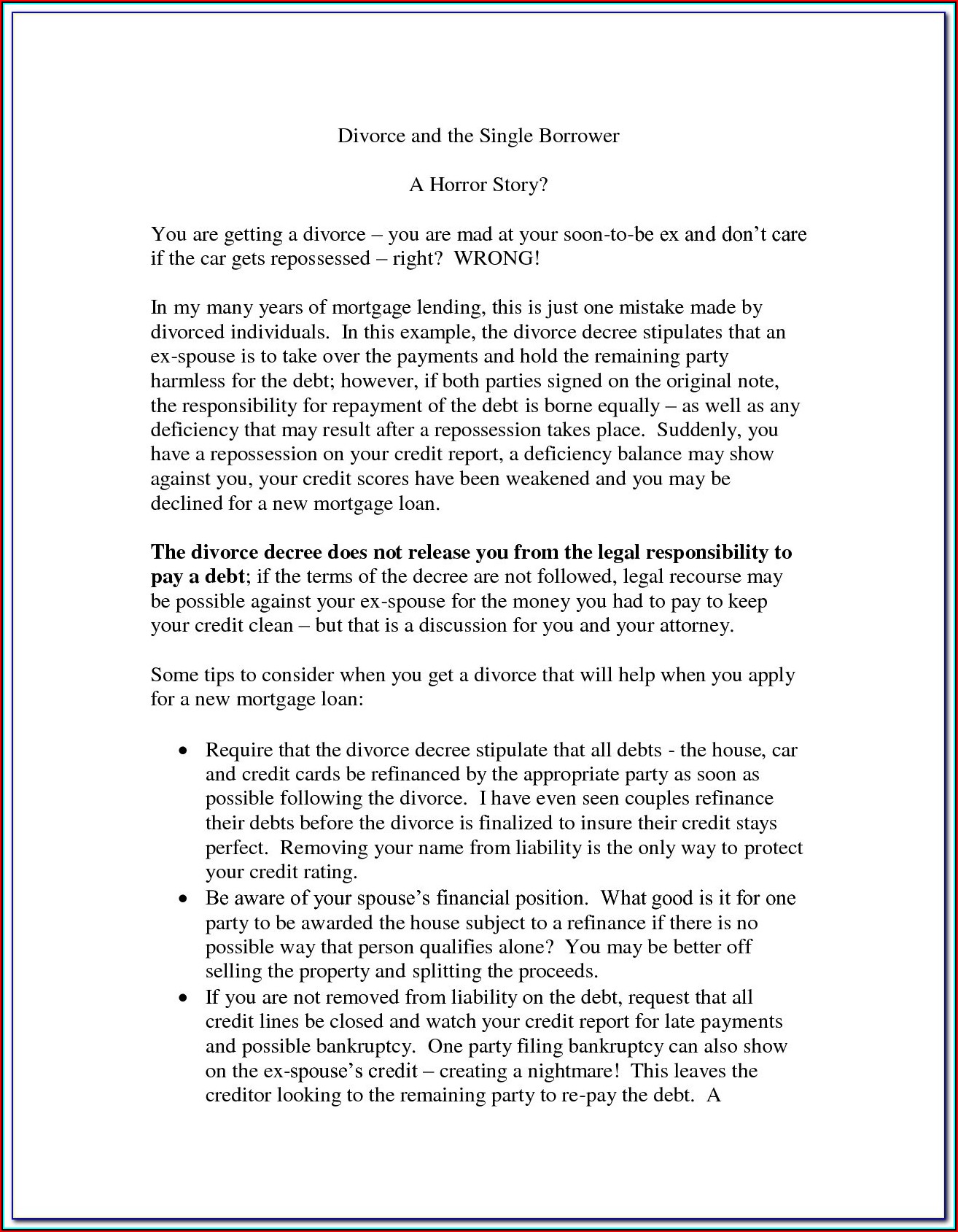Filing Bankruptcy: Essential Paperwork Guide

Entering the process of filing for bankruptcy can be a daunting task, filled with legal terms, endless forms, and decisions that could shape your financial future. Understanding what paperwork is necessary and how to properly fill it out is crucial in ensuring a smoother process. This guide will walk you through the essential documents you'll need, how to gather them, and important considerations to keep in mind throughout the bankruptcy filing procedure.
Understanding Bankruptcy Basics


Before diving into the paperwork, it's crucial to grasp the basic types of bankruptcy for individuals:
- Chapter 7: Known as liquidation bankruptcy, it involves selling non-exempt assets to pay off creditors.
- Chapter 13: This type allows individuals with a steady income to reorganize their debts and create a repayment plan.
These types have different implications on your finances, assets, and future credit.
Essential Documents for Filing Bankruptcy

1. Pre-Filing Credit Counseling Certificate

One of the first documents you’ll need is proof of completing a credit counseling course within 180 days before filing. This course helps:
- Educate you about bankruptcy and its alternatives
- Assess your financial situation
- Provide guidance on budget planning
2. Financial Documents

To properly assess your financial situation, you’ll need to compile a set of documents:
- Tax Returns: At least the last two years’ federal tax returns are required.
- Income Statements: For six months prior to filing, showing your regular income.
- Bank Statements: All transactions from the last 60 days for each account.
- List of Creditors: Including addresses, account numbers, balances, and the nature of the debt.
- Recent Bills: Utility, medical, and other significant bills indicating your expenses.
3. Asset Inventory

Bankruptcy involves the potential liquidation of non-exempt assets. You need to provide a detailed list of:
- Real property (house, land, etc.)
- Personal property (cars, jewelry, electronics)
- Financial assets (stocks, bonds, pensions)
4. Official Bankruptcy Forms

These forms are uniform across all bankruptcy filings:
- Voluntary Petition for Bankruptcy: This is the initial filing document.
- Schedule A/B - Property: Lists all assets.
- Schedule C - The Property You Claim as Exempt: Determines which of your assets are protected.
- Schedule D, E/F - Creditors Holding Secured and Unsecured Claims: Details all creditors and debts.
- Schedule I - Your Income: Shows your regular income.
- Schedule J - Your Expenses: Lists your regular expenses.
5. Means Test Calculations

For Chapter 7, you’ll need to complete Form B122A-1 and Form B122A-2 to determine if your income allows you to file under this chapter or if Chapter 13 might be more appropriate.
6. Post-Filing Debtor Education Certificate

After you file for bankruptcy, you are required to complete a financial management course. This certificate proves you’ve completed this requirement.
💡 Note: Keep all documents neatly organized and readily accessible throughout the filing process. Missing or incomplete documents can delay your case.
Filing Tips and Common Misconceptions

Filing bankruptcy involves more than just submitting documents. Here are some tips and misconceptions to address:
- Do Not Hide Assets: Full disclosure is critical. Any attempt to hide assets can lead to your case being dismissed or potential legal consequences.
- Consult Professionals: Bankruptcy attorneys can guide you through the process, but if you choose to represent yourself (known as pro se), make sure to understand the law thoroughly.
- Misconception - Bankruptcy Ruins Credit: While it does impact credit, it also provides a fresh start. Post-bankruptcy credit can be rebuilt with responsible financial behavior.
Conclusion

The journey of filing for bankruptcy, while initially complex, provides a legal pathway to debt relief and financial restructuring. By understanding the types of bankruptcy, ensuring you have all necessary documentation ready, and following the legal steps meticulously, you can navigate this process with greater confidence. Remember that the goal is to emerge from bankruptcy with a manageable debt situation and a plan for financial recovery. The paperwork you provide forms the backbone of your case, so accuracy, completeness, and timeliness are crucial for a successful bankruptcy filing.
What should I do if I miss a deadline for submitting documents?

+
Contact your bankruptcy trustee or attorney immediately. Timely filing is critical, and they can guide you on how to proceed or request an extension.
Can I keep my home during bankruptcy?

+
It depends on the type of bankruptcy, the equity in your home, and your state’s homestead exemption laws. In Chapter 13, you might be able to keep your home by sticking to a repayment plan. In Chapter 7, you might lose it if it has significant non-exempt equity.
Will bankruptcy stop my creditors from pursuing debt collection?

+
Yes, an automatic stay is issued once you file for bankruptcy, which stops most creditors from further collection attempts. However, some secured debts like mortgages or car loans might not be completely halted.